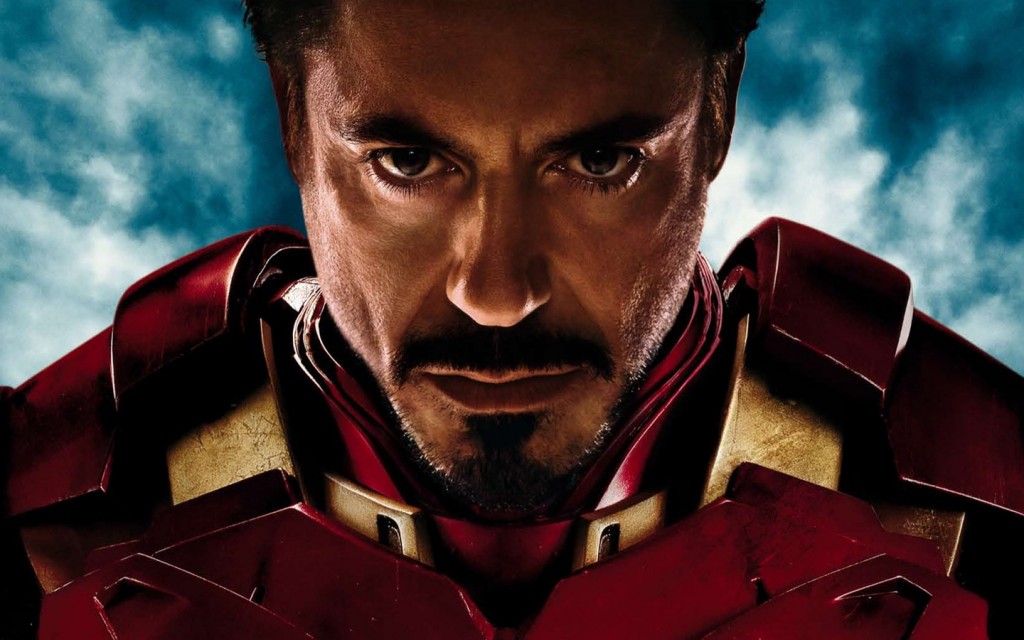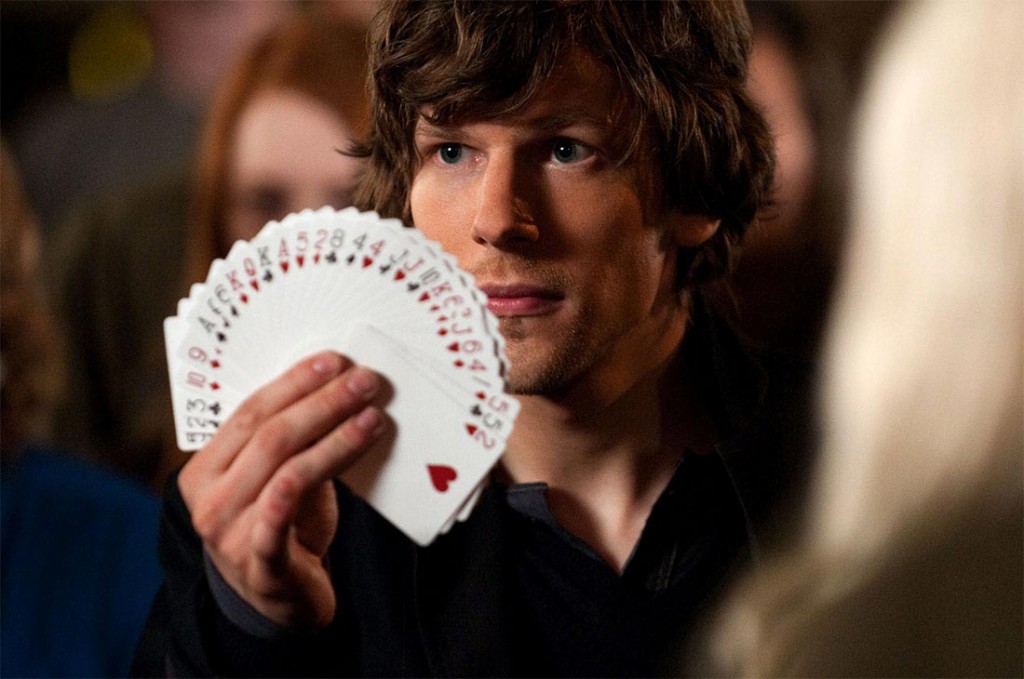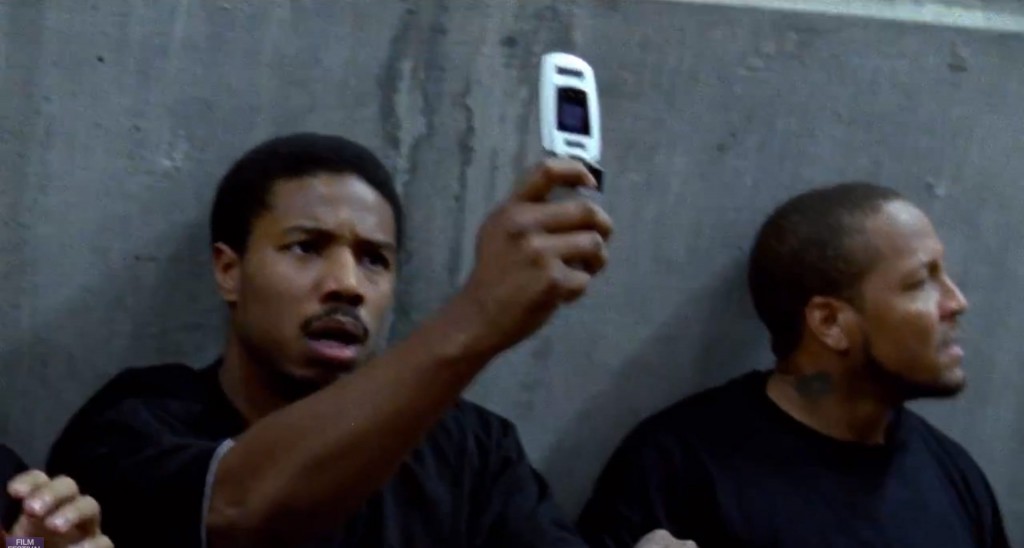The summer movie season has come to an end. And, like any other season, it was filled with hits and misses. So, it’s time to take stock of some of these releases. I’m not assessing the quality of the titles. Sometimes really good movies suffer from poor advertising campaigns or are released at the wrong time and don’t reach their audiences. Sometimes, err, lesser product with great marketing campaigns clean up. So, rather than providing critical assessments, this article is about the films that were financial successes and failures – which flicks we can expect sequels to and which ones will take a long, long time to recoup their investment.
Typically, a production budget only accounts for a part of the investment; development costs aren’t included and marketing expenses (including commercials and other forms of advertising) can be extremely costly. A very general formula for success in Hollywood is that film typically has to double its production budget in worldwide box office grosses before it turns a real profit. Long ago, a film’s North American receipts emphatically defined its success or failure. Today, for many genres (particularly action films), much of the money comes from international audiences. So now, a movie can be a flop in the US and still turn a healthy return. No matter where the money comes from, once a release approaches a gross of three times its budget or more, the studio responsible are often desperate to get a sequel into production. This doesn’t always work out (sometimes performers aren’t interested in a sequel or the film itself is a final installment in a series), but it’s usually not for lack of effort on the studio’s part.
Admittedly, this is a broad approach and it isn’t one hundred percent accurate. There are many other factors to be taken into account, including eventual home video sales. Yet, it tends to work most of the time as a general frame of reference. So, let’s take a look and see what happened.
SMASH HITS

Ultimately, there were far more successes than failures this summer. It isn’t much of a shock, but Marvel’s Iron Man 3 started the summer movie season with a wallop and cleaned up at the box office. It cost $200 million, but was a huge hit domestically, grossing north of $400 and even more so internationally. Its final worldwide take was 1.213 billion, more than six times its budget. It’s unlikely that any other title will take in more cash this year.
Almost as impressive was the animated flick Despicable Me 2. Made for a relatively small sum of $75 million, it’s been huge both here and abroad, tallying a worldwide total of $805 million. While not quite as immediately profitable, Pixar’s Monsters University made well over three times its cost, grossing $686 million against a $200 million dollar production budget. Both of these films will clean up on DVD sales as well. Fast and Furious 6, an action flick with broad appeal, made $786 globally and cost $160 million, a massive success by any estimation. The Hangover III was the final and most expensive film ($105 million) in the gross-out comedy franchise. While it wasn’t particularly well received, there was enough curiosity to draw more than $350 million internationally at the box office. That’s all the more impressive considering that most comedies don’t play or translate well in foreign markets and are one of the few genres left that really depend on domestic attendance.
A couple of dramas also fared well. The Great Gatsby, an adaptation of a depression era novel, didn’t seem like a project that would connect with younger audiences. However, it ended up taking in well more than three times its $105 million budget around the world. And more recently, based on the first two weeks in North American release, the period drama Lee Daniels’ The Butler also looks likely to make its $30 production budget back three times over.

Now You See Me, a magician-centered thriller produced for $75 million, has inched very close to a worldwide gross of $300 million. It comes as no surprise when last week LionsGate announced it was working on a sequel. Two horror films also produced massive numbers for their studios as well. The Purge was made on the cheap for $3 million, while haunted house throwback The Conjuring cost $20 million. Around the globe, they have grossed a truly shocking $83 million and $220 million, far exceeding expectations. Those grosses are twenty-seven and eleven times their production budgets.
There were a trio of big comedy hits as well. This Is the End and We’re the Millers (by the time it exits theaters) will have both raked in more than three times their production costs. The Heat has been even more impressive. Made for $43 million, to date it has returned an impressive $205 million worldwide.
Other movies that have fared well this summer include World War Z, Man of Steel and The Wolverine. All three are extremely close to tripling their production budgets. The Wolverine will likely accomplish this goal over the next few weeks – it has currently raised $350 million around the world on a $120 million budget. At the beginning of the summer, many were anticipating that World War Z would flop as news broke of a complete third act re-shoot and a production budget that had swelled from $120 million to $180 million. In the end, audiences didn’t listen to the rumors and the film figures currently stand at $526 million worldwide – a very impressive number, especially for a zombie movie. Man of Steel was the most expensive film of the summer ($225 million), but a global take of $650 million was considered a great success, especially given the fact that it was a reboot and the previous Superman film was considered disappointing financially.
They weren’t exactly blockbusters, but the following films posted profits as well. Star Trek Into Darkness, which cost $190 million, took in $458 million globally. Grown Ups 2, which was made for $80 million, looks like it may finish it’s worldwide run at a figure close to $200 million. The Smurfs 2 underperformed in North America, but it has done reasonably well internationally, enough to take in $235 million in all markets (with a few more foreign countries to come) against $105 million in production expenses. Additionally, the animated film Epic easily grossed two and a half times its cost and the $50 million Planes movie (which is still in release and has only opened in a few foreign markets) will easily double, if not triple, its costs.
ARTHOUSE SUCCESSES

While several studio films found success, many smaller arthouse titles tried to find audiences as well. At their best, they are a great antidote to the bombast of the summer blockbuster – and it is important to support smaller, more personal efforts. Thankfully, there were a few titles that found viewers, including Before Sunset (which has grossed over $11 million globally against a budget of $3 million), Fruitvale Station (it was produced for under $1 million and has currently taken in $15 million domestically) and The Way, Way Back (which was made for $4.6 million and is inching closer to $19 million in North America). Woody Allen’s Blue Jasmine also seems to have opened well, but it will take a little longer to see just how successful it is.
UMMM, IT COULD HAVE BEEN WORSE…
The following pair collapsed at the North American box office this summer, but seem to have recouped most of their costs abroad. Wil Smith’s $130 million dollar, sci-fi pet project After Earth tanked domestically with just $60.5 million in earnings. However, to date it has taken in $183 million internationally. It’s very close to doubling its budget and ultimately will when DVD sales are factored in. Money-wise, it may have been a huge disappointment for Sony Pictures, but it seems that it ultimately won’t lose them any cash.
Warner Bros. and Legendary Pictures co-financed Pacific Rim to the tune of $190 million dollars. Domestically, the picture underperformed with $99 million but is rebounding overseas, where its total is currently at $298 million. Worldwide, that’s $397 million and counting, which isn’t too bad considering that it wasn’t a sequel or remake. Warner Bros. has even suggested that they are very happy with its performance. However, it’s not that simple. Reportedly, Legendary forked out a large portion of the budget in return for the domestic grosses, while Warner Bros. put up a smaller chunk and retained international earnings. Warner Bros. has profited substantially on the endeavor, but Legendary seems to have taken a loss. Since Legendary are the driving force behind the film, it seems unlikely (unless it breaks all records for DVD sales domestically) that they would want to take another risk on a sequel.
Elysium, Percy Jackson: Sea of Monsters and Kick-Ass 2 are some other films that haven’t set the box office on fire. However, it’s too early to tell what their final prospects are, especially since they are still playing and haven’t been released in most foreign markets yet. Time will tell.
ERR… UMM… DON’T EXPECT A FOLLOW UP…

Unfortunately, with so much playing at the movie theater, there are always a handful of films that get lost. The Internship was the summer’s first real casualty, costing $58 million dollars and grossing a mere $44.6 million. Internationally, it has finished its run with $32.8 million for a worldwide total of $77.4 million. The animated family film Turbo and Red 2 (made for $135 million and $84 million) have also barely covered their production costs in worldwide grosses. With marketing costs added into the equations, these flicks are taking a loss.
However, the three biggest money losers are going to end up in the red, in a big, big way. The action flick White House Down cost $150 million and only grossed $72 million domestically and $62 million internationally. Disney spent $215 million on The Lone Ranger and splurged on a massive marketing campaign, but audiences weren’t interested in saddling up to it. It’s worldwide total currently stands at $230 million. And finally, the action, buddy-cop, sci-fi hybrid R.I.P.D. seemed as if it was barely marketed at all, and reached no one as a result. It cost a whopping $130 million and its worldwide gross currently stands at $61.1. It still hasn’t opened in a few foreign territories, but it’d be lucky to hit $80 million when all is said and done. Ouch!
So there you have it. Hopefully you’ll have a better understanding of why you see follow ups to certain films and not others. If you were thrilled by The Conjuring, then the good news is that you should anticipate a sequel, because one will certainly be coming. If you enjoyed The Lone Ranger, well, you’ll have to be satisfied with what you got. In the end, no matter what was a hit and what was a failure, what you liked and didn’t care for, these films now permanently exist for your pleasure (or displeasure). Enjoy them!


